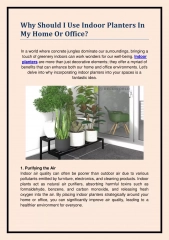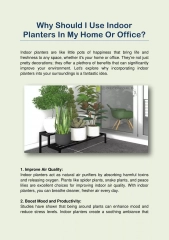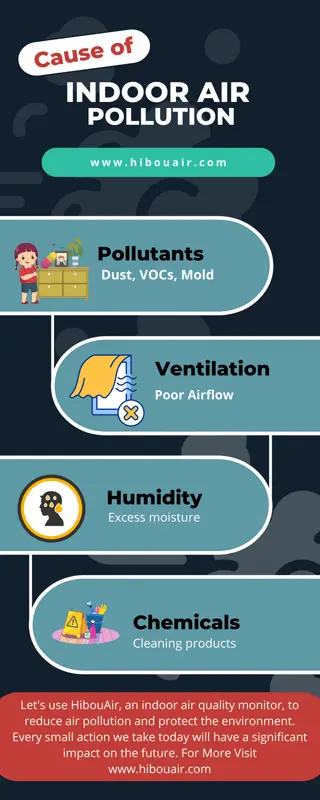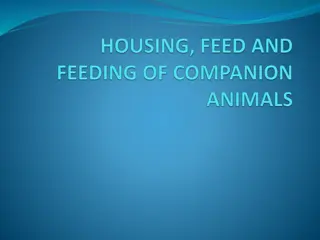Essential Tips for Growing Healthy Indoor Plants
Understand the key environmental factors affecting plant growth such as light, water, nutrients, and temperature. Learn how to provide the right conditions for your indoor plants to thrive, including tips on light intensity, watering practices, essential plant nutrients, and temperature requirements. Explore additional considerations like soil, humidity, dealing with pests, and selecting suitable houseplants for various environments. Enhance your indoor gardening knowledge to cultivate a lush and vibrant indoor plant oasis.
Download Presentation

Please find below an Image/Link to download the presentation.
The content on the website is provided AS IS for your information and personal use only. It may not be sold, licensed, or shared on other websites without obtaining consent from the author. Download presentation by click this link. If you encounter any issues during the download, it is possible that the publisher has removed the file from their server.
E N D
Presentation Transcript
Environmental factors that affect plant growth: Light Water Nutrients Temperature
Light All green plants need light to grow. Light intensity affects stem length, leaf size and color, photosynthesis and flowering. Light intensity is influenced by curtains, trees, UV treated or low E glass and cleanliness of the glass.
Water Make sure your pot has a drainage hole. Plant roots need oxygen in the soil. If the roots are saturated in water they will rot. Most plants can be watered when the top inch of the soil is dry, but it s best to know the water requirements for each plant. Use room temperature water. Plants such as African violets are very sensitive to cold water. Don t use softened water. Dump out excess water from the pot s saucer.
Nutrients Carbon, oxygen and hydrogen are essential elements to plant growth and are supplied by air and water. The other essential elements are referred to as plant nutrients and are provided by the soil or are added as fertilizers. Fertilize most houseplants in spring and summer only. Fertilizers are salts and accumulate in the soil. Occasionally flush the soil with fresh water until the water runs out of the bottom of the pot to remove excess salts.
Temperature Most houseplants like day time temps around 75 degrees and 65 degrees at night. Some plants require a cold period to induce flowering. During winter move plants away from cold windows. Don t place plants directly in the path of air vents and doors that open to the outdoors.
Other things to consider Soil Humidity Pests Pot bound
Great houseplants for difficult situations Low light room- ZZ plant, pothos, maidenhair fern, Chinese evergreen Drafty room- Jade plant, Christmas cactus, hoya Dry room- Philodendron, succulents, fiddle leaf fig, sansevieria, aloe, cacti, rubber tree
































